design work space
Rethinking The Creative Workspace
When I decided to embark on this journey of becoming a creative professional, I had all these ideas of what kind of place I’d like to work in — the kind of place that would get the proverbial “creative juices” flowing. In my mind, it was a place with good music playing at all times, colorful things, cool stuff and “things I like.” It was a dream space where I would be free to explore my ideas and my thoughts so I could transform them into good work.
However, as I’ve come to realize, that’s not always the best way to get the work done.
We all have those little work idiosyncrasies that we like to hold onto. Some of us want to have music playing while we work. Some of us want complete silence. Some of us like to work outside. Some of us want to work in the closet under the stairs.
However, beyond what we think we want, it’s sometimes helpful to reexamine the environments we’ve created for ourselves to see what we actually need to get the job done.
Music in the Workspace
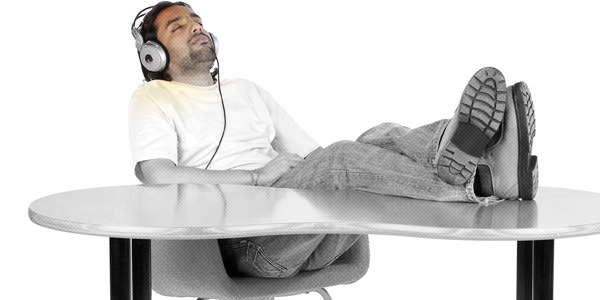
Everyone loves music. Some of you are probably musicians, even.
However, is music a factor you always want to worry about while you’re working? Does having that component in your work environment help or hinder you in any way?
For instance, I thought I was the type of person who would be more productive with music playing in my workspace. The truth, as I’ve reluctantly come to realize, is that putting my music on mute whenever I was in the middle of a thought or while I was doing a particularly cumbersome sketch got me better results more quickly.
It might not be the coolest thing to get my work done without some delicious tunes from that great Canadian band, Nickelback but at least I got my work done. And I now know that music is one less thing I have to worry about when I’m working.
Think about it this way. The human brain has to work to process sounds and music. If you flood your brain with tunes, it has to work that much harder just so you can process both the music and whatever you’re trying to figure out for your work. Furthermore, research has continuously shown that our brain isn’t really good at multitasking and that we achieve better results when we’re able to concentrate.
Some people work better with distractions and some don’t. Be honest about which type of person you are.
I found that I work better with white noise in the background, like the low hum of an electric fan or the cacophonous, indistinguishable sounds of busy urban environments — sounds that my brain automatically ignores and thus allows me to focus on the things that need doing.
Clutter in the Workspace
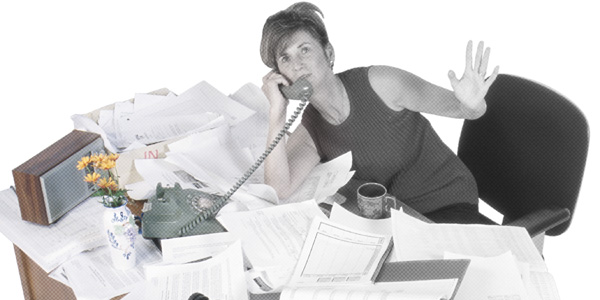
In college, I was the kid with the messy dorm room but always knew where everything was. I thought I was so cool.
When I started working in an office, tidying up my desk was a habit that took time to cultivate. I was actually against it. I believed that the messiness of my desk was conversely related to how organized my brain was.
I know, right? Nonsense.
Again, as I learned more about how I worked, I learned that I actually like a tidy desk and tidy surroundings. I’m not a neat freak by any means, but I do like to have certain places for everything I like to keep around me. In other words, “A place for everything and everything in its place.”
On the other hand, sometimes a little chaos is necessary for some people to think outside the box. A hermetically sealed, feng shui’ed desk might not always be as effective as a workstation as some would hope.
As creatives, most of us respond to visual stimuli. Having everything on your desk arranged in 90-degree angles might just be a vain pursuit in tidiness when you might really be the type of person who needs a little messiness in their office.
Fancy Stuff in the Workspace
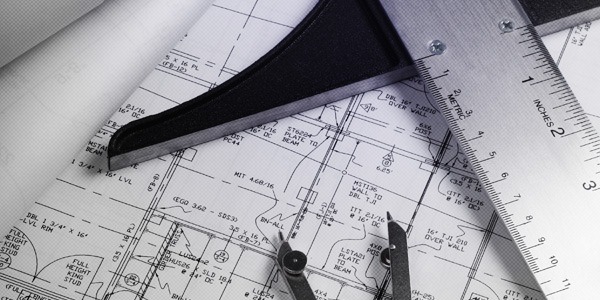
During our drafting classes in school, I was always a little envious of the other students in my class that had really expensive, fancy drafting tools. They were using pencils that architects use, rulers and T-squares that costs 10 times what mine costs and acid-free papers. I mean these kids were, in my mind, ballin’. Drafting class balla’s.
Therefore, when I got older and I was able to afford nicer things on my own, I thought I’d start getting the most fancy tools I could get my hands on. I bought a large, very expensive graphics tablet. I obtained inexcusably luxurious writing instruments designed by car engineers made of “space-age” materials. I bought pricey leather-bound notebooks. Basically, I just bought some admittedly ridiculous things to appease the deprived child that was inside me.
Ask me where all those things are today and you’ll find that my graphics tablet is gathering dust on my desk, serving as a very expensive placemat for a stack of papers. Those fancy pencils are now lost in the dark void that exists between the physical and the spiritual realms. And my notebooks now consist of a collection bargain bin finds.
From my own experience, I fell into the trap of thinking that I needed this thing or that thing to get my work done because some famous designer uses it in his/her work and he/she produced great work. I started thinking that maybe if I used the same things they used, I would produce the same admirable work. Nope, not true.
Creative professionals, first and foremost, work in a world of ideas and the execution of ideas. We solve problems creatively. Whether you’re a graphic designer, illustrator, animator, writer or photographer, your job is to provide a creative solution.
Your ability to fulfill your job isn’t determined by the tools you choose to get things done. You are not the contents of your desk drawer.
Think about it this way, if you were a carpenter choosing between a nail gun or a hammer, what considerations would you have in making your decision? A nail gun would undoubtedly make your work quicker but a hammer and nail would probably achieve the same result. At the end of it all, when the house you built is done, you probably won’t be asked whether you used a nail gun or a hammer to build it.
Comfort in the Workspace
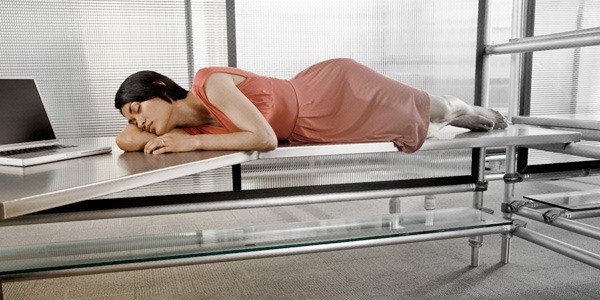
I always thought that being a creative professional, my workspace should be as comfortable as possible because “that’s the only way I’ll be able to be creative.”
Comfort while working is a myth (for any job). Comfort is for when you’re not working. Comfort is that feeling you’re supposed to get when you get home from work.
I’m not saying you should sit on a bed of nails or that you should deliberately put yourself in a position of discomfort. However, ask yourself what level of comfort you need to get your work accomplished.
I always wanted to work on a comfy chair that reclines and swivels so, when the time came, I got a nice plushy desk chair. Until, that is, I found myself dozing off every time I leaned back on my nice, plush chair. The next day, I bought a metal work stool and I raised my monitor to eye level so that I am never tempted to just sit back and relax.
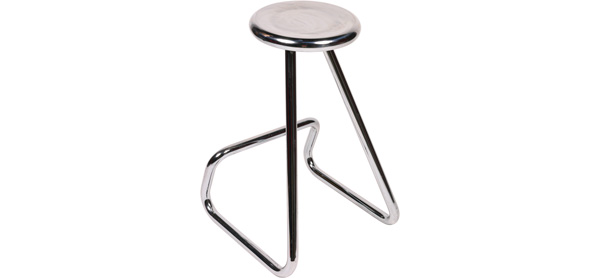
It kept me awake longer and, as a side benefit, forced me to have good posture.
Parting Thoughts
The creative workspace, while it can take many forms for everyone, is still a place for us to do one thing: work. Put your personality into it. Draw from your outside life but set boundaries for yourself as you continue to discover how well you really work in the environment you’ve built for yourself.
If you need music but don’t have it, then get some speakers. If you need some chaos but are worried that people might think you’re a messy person, who cares? If you find that a change is necessary, then change it up.
